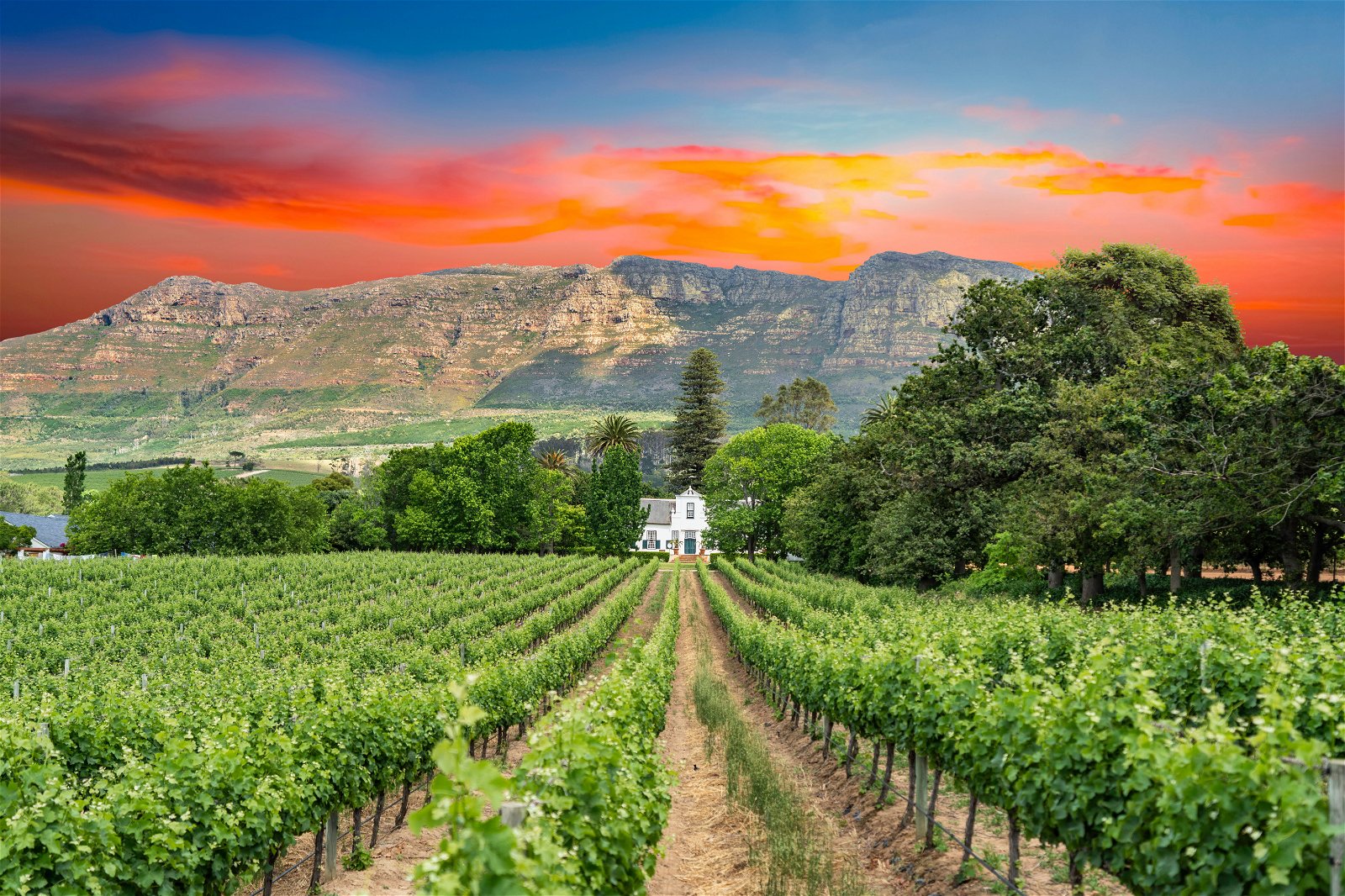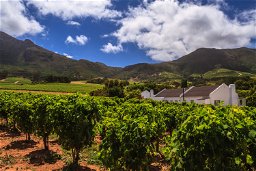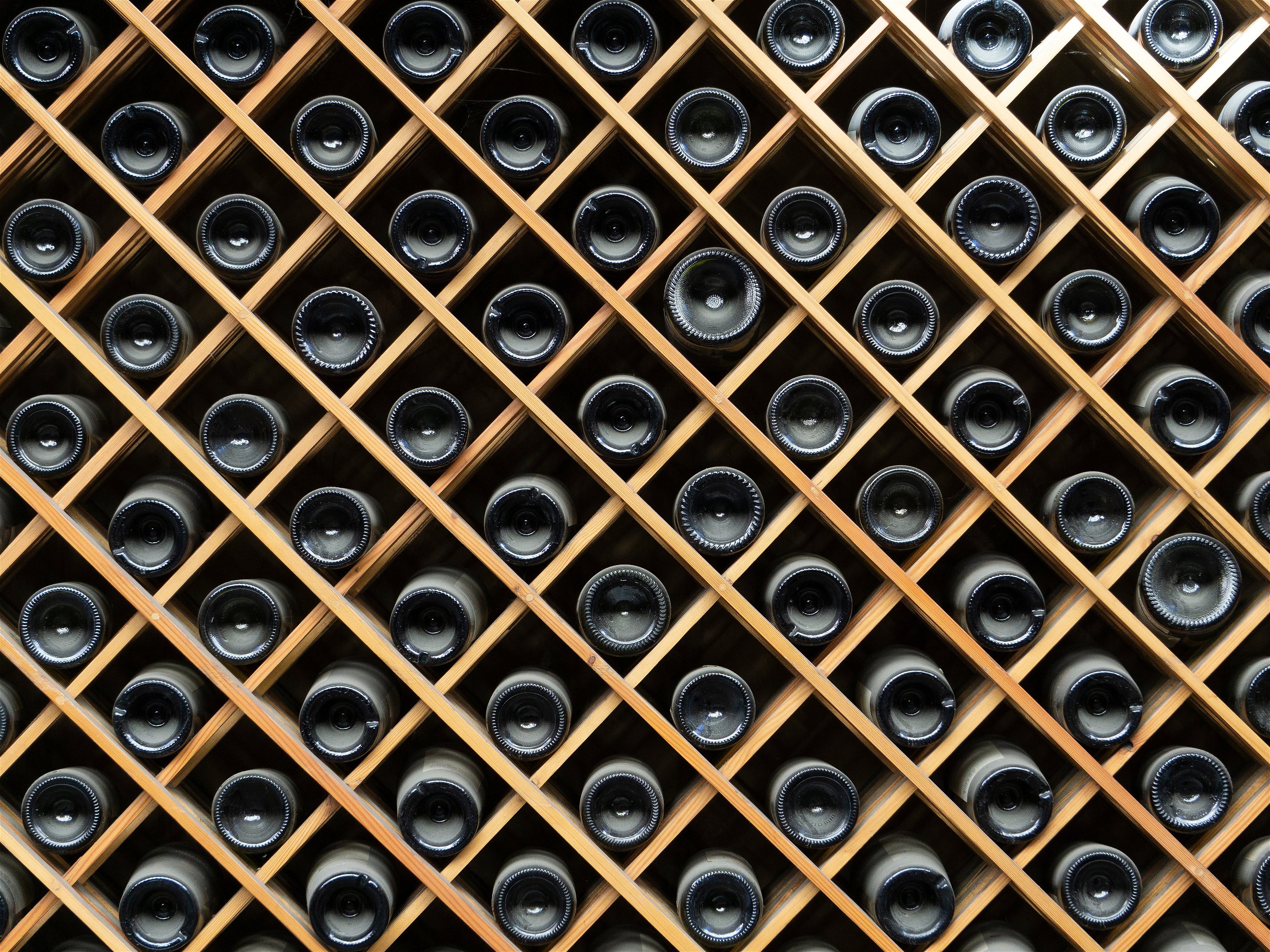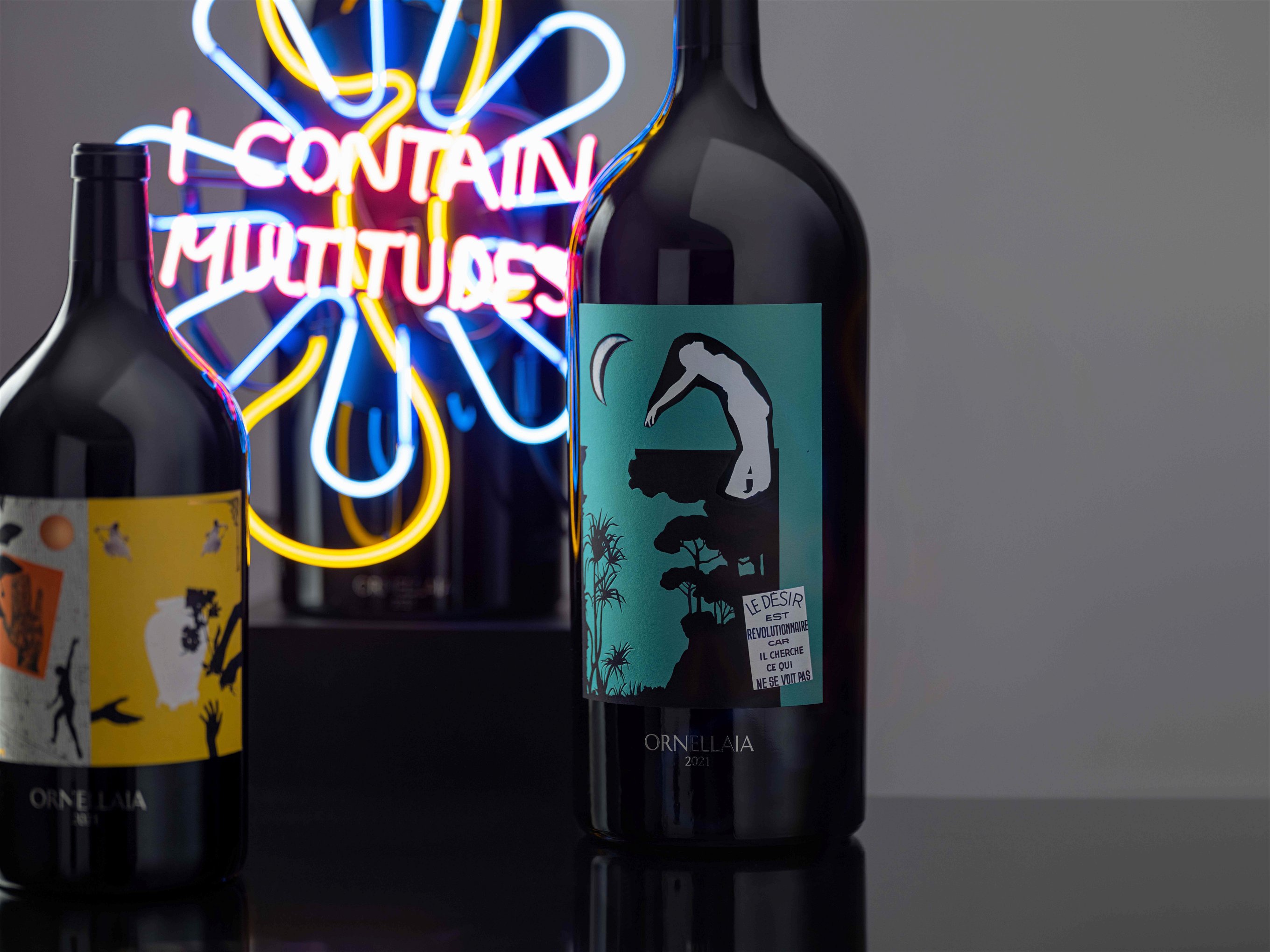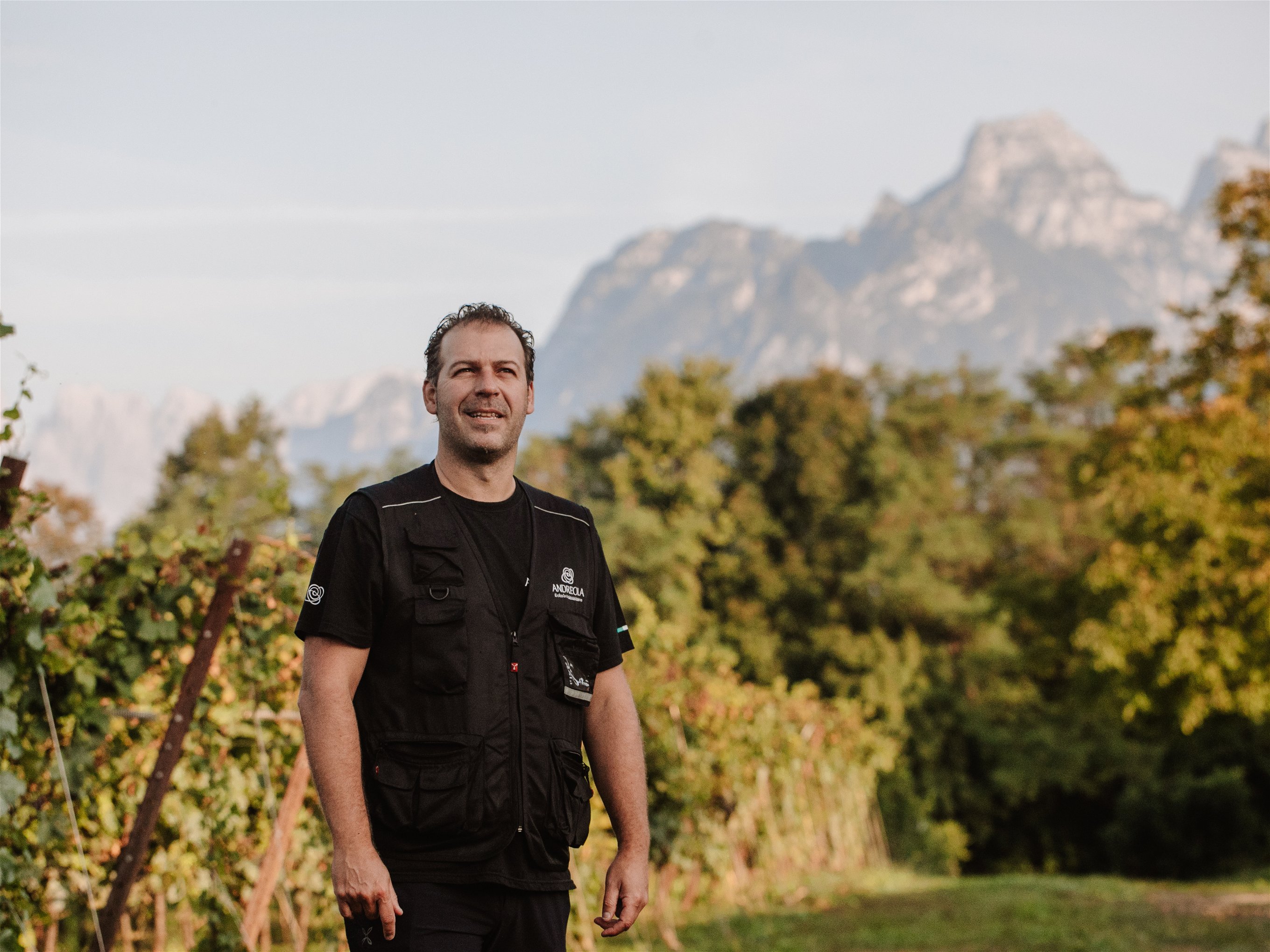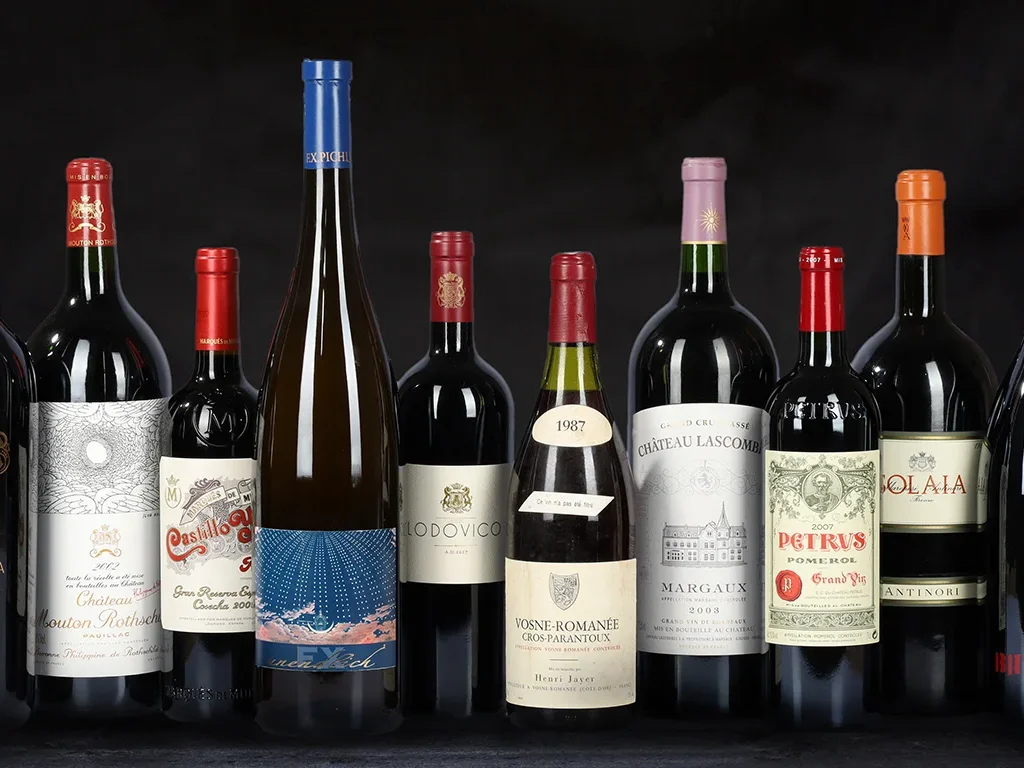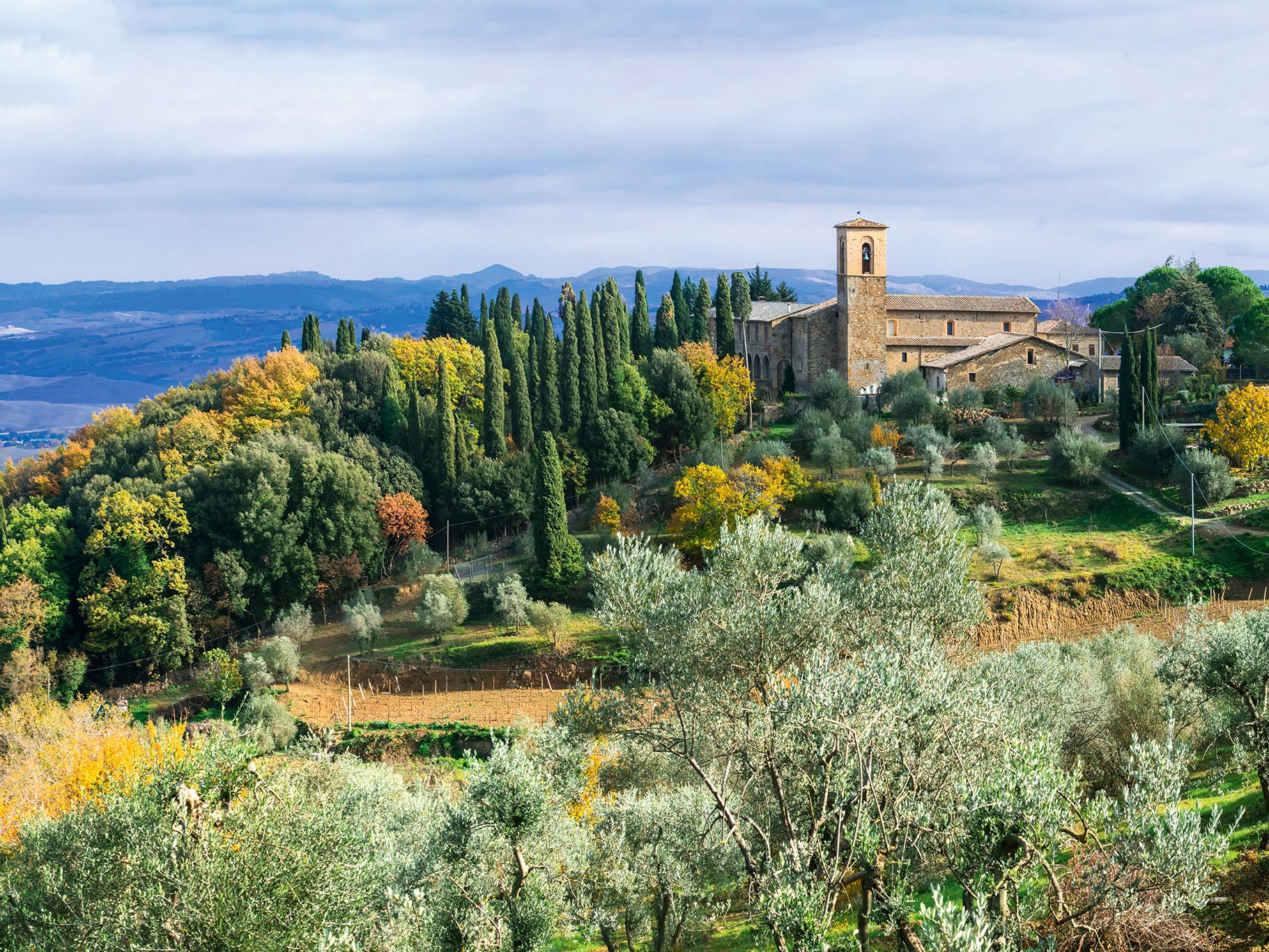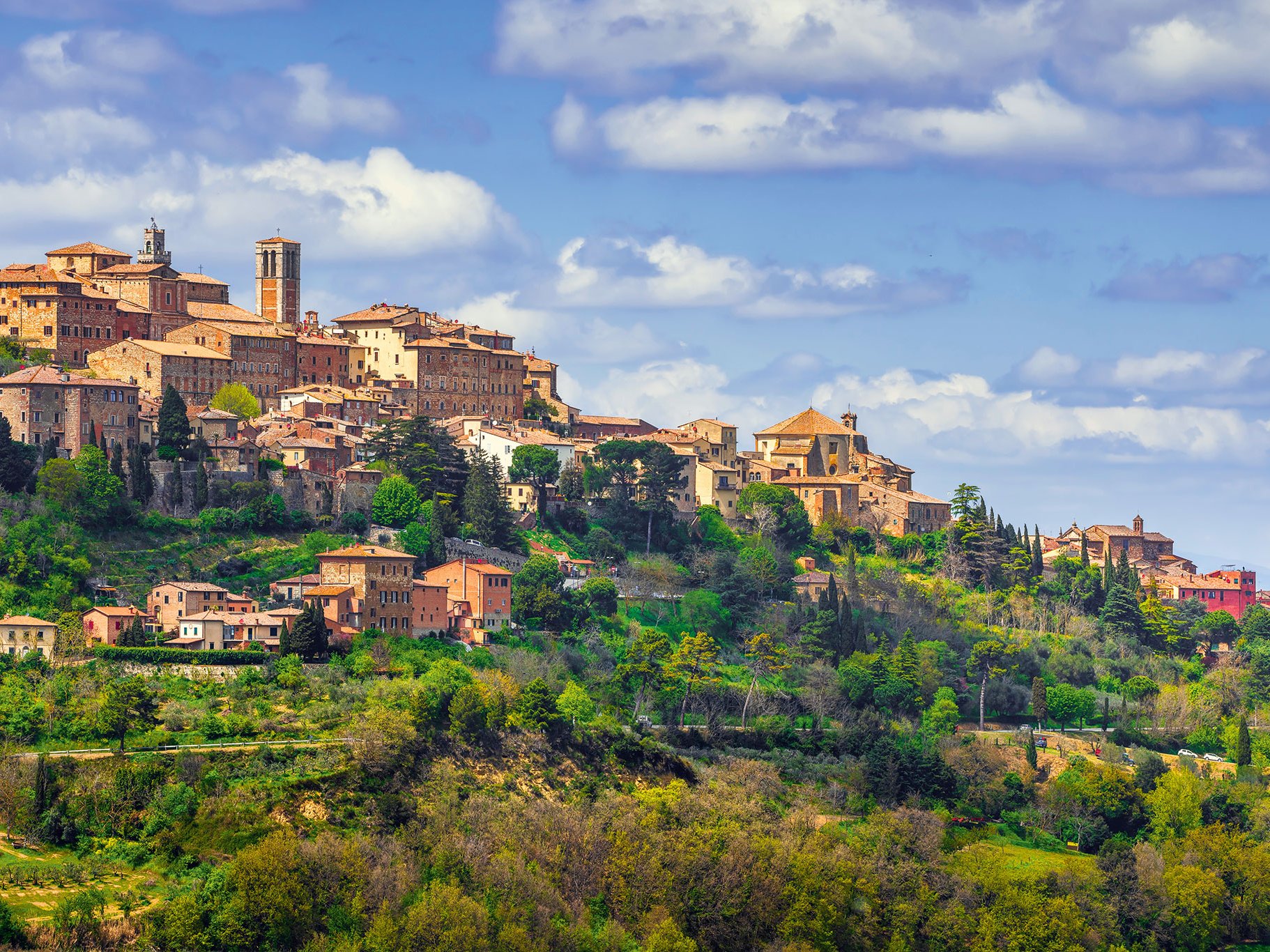Constantia, located on the Cape of Good Hope around Constantia Mountain, a spur of Table Mountain, is very, very small, and yet it was here that viticulture was born in South Africa. Governor Simon van der Stel planted vines at the end of the 17th century to supply the sailing ships voyaging to and from India with wine. Van der Stel took a very progressive approach to land management, carrying out in-depth soil research to locate the best terroirs, most of which are made up of granite weathered rock. The region quickly became known for its sweet, white dessert wines, which, by the end of the 19th century, were widely traded throughout Europe and enjoyed by royalty and aristocracy alike. Constantia's location between the Indian and Atlantic Oceans means that the region comprises just ten wineries. The proximity of the vineyards to two oceans makes this viticultural land the coolest in South Africa, and given its 350 year history of viticulture it can be considered the first cool climate region of the New World. With 800 to 1,000 millimetres of precipitation, the harsh climate provides sufficient moisture so that here - in contrast to many other places in South Africa - the vineyards do not need to be irrigated. In the afternoons, brisk southerly winds dry the grapes, thus mitigating many of the effects of high rainfall. Dessert wines ceased to be produced by the middle of the twentieth century but then the sweet wine, Vin de Constance, was introduced in 1986. Today the range of wines from this region is varied and aside from dessert wines includes Bordeaux-style red blends and crisp Sauvignon Blancs. The region is remains very exclusive and whilst the wines show excellent qualities, they have their price.
